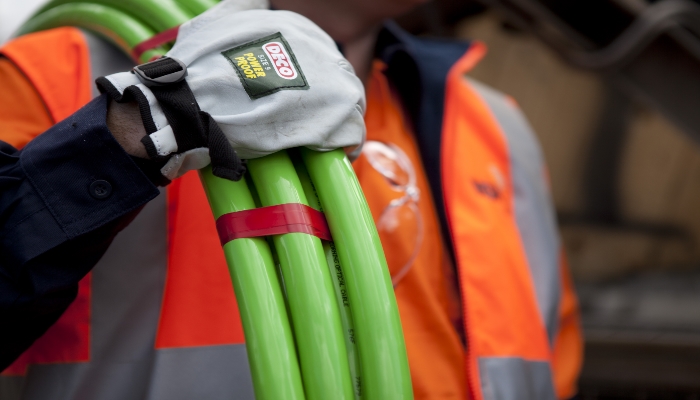
Telstra goes cold on NBN construction contracts
Telstra declined to bid for recent NBN construction contracts because it did not believe the work was commercially viable, according to recent reports.
On 10 June, nbn announced that it had awarded construction contracts to five companies – Transfield, Downer, Visionstream, Fulton Hogan and WBHO.
The first three companies will be familiar to E-bulletin readers. Fulton Hogan is a New Zealand-based civil construction company that has carried out NBN work in South Australia and, more recently, in Western Australia. WBHO is a local Western Australian company which has been awarded work in the Geraldton area.
The new contracts will cover around 4 million homes and businesses that are scheduled to be connected with Fibre to the Node, Fibre to the Building or Fibre to the Premises. Contracts for the HFC component of the roll-out are yet to be awarded.
Telstra’s decision not to bid for this round of work is not altogether surprising. The loss of jobs out of the company over the last decade and a half, particularly from the civils area, means Telstra can no longer resource end-to-end network construction internally and would need to rely on contractors for certain elements of the build.
But that in itself would not necessarily rule the work out, commercially speaking. So the question arises as to whether these new contracts will in fact prove to be viable for the successful tenderers or whether we will see a repeat of the last round of contracts which ended in tears for prime contractors and sub-contractors alike.
If companies like Visionstream and Downer can see margins that Telstra can’t see (and it has had a chance to have a good look during the FTTN roll-out trials) then someone is probably going to be squeezed. No prizes for guessing that those most likely to feel the pressure will be those at the bottom of the sub-contracting pyramid – as usual.










